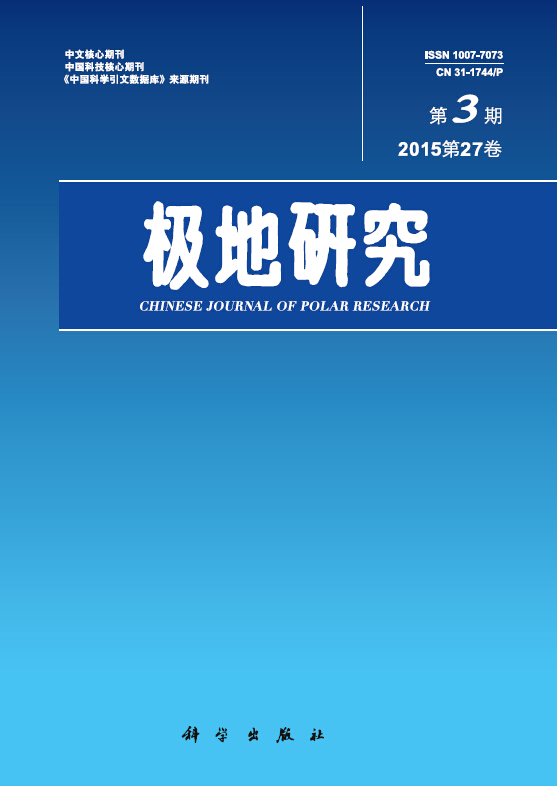|
|
BIOGENIC SILICA CONTENT AND MORPHOLOGY OF SOIL AT Ny-ALESUND, THE ARCTIC
Liu Sen, Ran Xiangbin, Zang Jiaye, Wang Nengfei
2015, 27 (3):
237-245.
DOI: 10.13679/j.jdyj.2015.3.237
Global silicon cycle is closely related to carbon cycle. Biogenic silica (BSi) is an essential part in the global silicon cycle as an important carrier of silicon. Lots of studies on the silicon cycle of terrestrial ecosystems have been reported, but researches on silicon in poplar regions are extremely rare. Using the soil and plant samples obtained from the fifth Chinese Arctic Scientific Expedition, BSi content and phytolith morphology were analyzed in the soil near Chinese Yellow Station in the Ny-?lesund, Arctic. The main conclusions are as follows: In the topsoil of Svalbard, the content of particle organic carbon (POC) and particle organic nitrogen (PON) ranges from 1.00 to 69.3 mg?g-1 and 0.11 to 9.84 mg?g-1, with an average of 13.7 mg?g-1 and 1.43 mg?g-1, respectively. The concentration of soluble silica is from 3.90 to 26.3 μg?g-1, with an average of 10.7 μg?g-1 in soil. And BSi is between 5.60 and 9.97 mg?g-1, with an average of 7.56 mg?g-1 in soils of this study area. It shows a positive correlation between BSi and PON and POC, indicating that their sources were same to some extent in soil. And BSi content is higher in the topsoil of Arctic than that in temperate and tropical regions. Phytoliths in the plants are observed in forms of cap-shaped, round, smooth rod, tooth-shaped, spiny bar and dumbbell-shaped, etc, with a size between 10 and100 μm. Phytolith and diatom are both found in soil samples as compositions of BSi. Phytolith is the dormant BSi in the soil with vegetation covered. While Diatoms (Pennatae) are mostly found in the bare soils, which account for ~93.3% of the BSi. Phytolith in soil samples are mainly from plants inferred from the similarity of the morphology to phytolith in plants. The contents of POC, PON, soluble silica, BSi and the abundance of phytolith are higher in soil samples with vegetation covered than in the bare soil, suggesting that the silicon cycle in soil are significantly affected by plants in Arctic area.
Related Articles |
Metrics
|

